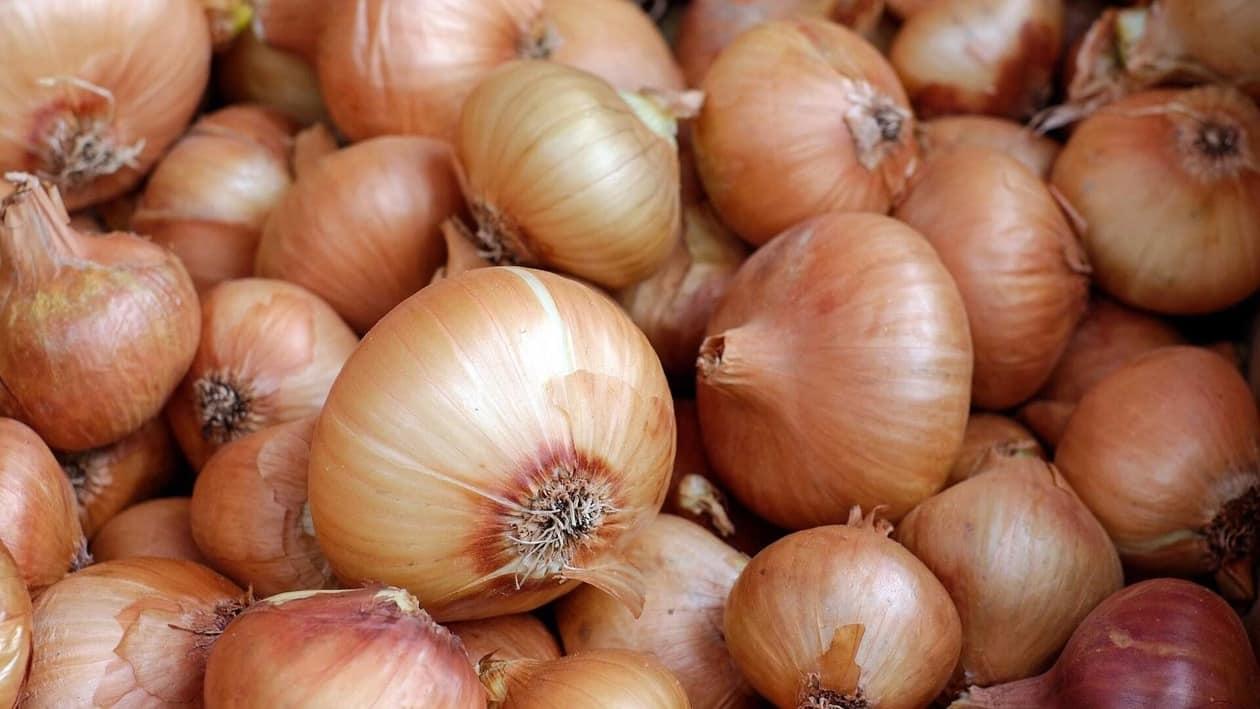Tomatoes or onions have become very expensive! These are some things that we hear quite frequently in India. These show that the inflation of these food items has risen. But what is inflation?
Inflation basically means a rise in the prices of goods and services over a period of time. It is an important tool to control the liquidity in the economy and also has a major impact on the stock markets. Inflation is mostly affected by demand and supply. If the demand is more than supply, prices will increase, while in the opposite scenario, the prices will fall.
Two indices CPI and WPI are used to measure the inflation in an economy.
CPI is the consumer prices index that measures the rise or fall in the prices of goods and services on a retail basis. This means it takes into account the prices at which these goods and services are sold directly to the consumers.
WPI, on the other hand, is the wholesale prices index. This measures the change in prices of goods at their wholesale level. Since services are not sold in a bulk, they do not take into account the prices of services.
CPI versus WPI
CPi is the primary index that calculates the rise or fall in prices of goods and services in an Indian household. The Reserve Bank of India uses this index to make monetary policy decisions.
WPI was used by the RBI for policy decisions till 2014 after which RBI Governor Raghuram Rajan changed the index to CPI.
Another major difference between the two is that WPI does not include the cost of services, only goods like fuel, power, manufacturing, etc. Meanwhile, the CPI provides a clear picture of rising prices for both goods and services like food, medical care, transportation, housing, etc.
While WPI is the first level where the prices of essentials increase, CPI is the final level of that rise.
Impact on consumers
In the CPI index, different weights are assigned to different goods and services and then the change in their price movements are tracked across the country. However, depending on the availability of goods and services, their prices fluctuate in a given region. For example, Delhi will have a higher price of rising than Mumbai. People from Delhi generally pay more for rice than indicated in the CPI while people from Mumbai pay less.
Similarly for onions, since it is a volatile item, with more often price fluctuations, CPI cannot account for its exact rise at a given time. In case of a dramatic price rise for onions, generally, people from all over the country pay more than what the CPI indicates.
Further, 50 percent of the weight of a CPI index is food items, however, in an Indian household, people do not spend half their income on food. They spend more on services like education, rent, transportation, etc. So it is not very accurate but usually an average of how most household spending goes.
Even though it is not very exact, it is closer to representing the ongoing inflation than WPI. A rise in CPI inflation will mean a rise in the prices of essential goods and services used in a household. However, it would depend on which item has risen more. Also, most are interlinked to each other
For example, suppose the fuel prices have risen, this could also lead to an increase in food prices since the transportation of food items from producers or wholesalers will involve fuel, hence resulting in the rise in food prices as well.
In WPI inflation, the price of transportation to retailers and shopkeepers is not added. Suppose the fuel prices are high, the difference between the CPI and WPI will be more. In most cases, the CPI numbers are higher than WPI.
Another reason for the difference could be based on the weightages. For example, food has more weight in the retail inflation, so a spike in prices of food items will lead to a higher rise in CPI than WPI while the opposite is true for manufactured goods, which have more weight in the WPI basket.
Now we know the difference between WPI and CPI and how they impact the consumers. However, one must note that inflation is not always bad. A rise in inflation when the economy is booming may be seen as an indicator of GDP growth.
